Разделы презентаций
- Разное
- Английский язык
- Астрономия
- Алгебра
- Биология
- География
- Геометрия
- Детские презентации
- Информатика
- История
- Литература
- Математика
- Медицина
- Менеджмент
- Музыка
- МХК
- Немецкий язык
- ОБЖ
- Обществознание
- Окружающий мир
- Педагогика
- Русский язык
- Технология
- Физика
- Философия
- Химия
- Шаблоны, картинки для презентаций
- Экология
- Экономика
- Юриспруденция
Africa
Содержание
- 1. Africa
- 2. AfricaThe continent of Africa was the cradle
- 3. Geographical locationAfrica is washed by two oceans
- 4. Flora and faunaAardvark, jackal, lion, elephant, wild
- 5. ClimatThe geographical position of the continent of
- 6. Attractions
- 7. Kruger National Park, Mpumalanga and Limpopo ProvincesKruger
- 8. Cape Town, Western CapeNature surrounds this multicultural
- 9. Kgalagadi (Kalahari) Transfrontier Park, Northern CapeAmong the
- 10. Stellenbosch, Western CapeA mosaic of farms, old
- 11. The Drakensberg, KwaZulu-NatalThe spectacular Drakensberg, meaning "Dragon
- 12. Еnvironmental problem
- 13. Water pollution and sanitationFirst of all water
- 14. Слайд 14
- 15. Deforestation causes another problem – biodiversityThe richness
- 16. Oil pollution. Oil pollution is one of the
- 17. Agriculture.Increased food insecurity resulting from rapid population
- 18. Agriculture.
- 19. Dankie vir u aandag. Спасибо за ваше внимание.
- 20. Скачать презентанцию
AfricaThe continent of Africa was the cradle of human life. Each stage in the development of humankind can be traced in the African record. In the nineteenth century, the northern European
Слайды и текст этой презентации
Слайд 3 Geographical location
Africa is washed by two oceans and several seas,
on its territory, which consists of 29.2 million square kilometers,
there are 55 states. The geographical position of Africa is such that it is located immediately in the northern and southern hemisphere. Due to this the climate here is very diverse.Слайд 4Flora and fauna
Aardvark, jackal, lion, elephant, wild buffalo, hippopotamus, and various
kinds of antelope are still found in some parts of
the country. In the great game parks, animals may be seen living in natural surroundings. So extensive is the variety both of smaller mammals and of plants that they have not yet all been identified. The number of different kinds of birds is approximately 900; that of snakes, 200. The number of species of insects is estimated at 40,000, and there are about 1,000 kinds of fish.Слайд 5Climat
The geographical position of the continent of Africait causes a
very dry and hot climate on it. It literally intersects with
the line of the equator, from which the cooler, but at the same time more arid climatic zones diverge to the north and south. Also there is a lot of precipitation. In the equatorial belt is the hottest point of Africa - Dallall. To the north and south of the equator are subequatorial zones. There are abundant precipitation during the whole summer, and in the winter period monsoons come here, bringing a drought.Слайд 7Kruger National Park, Mpumalanga and Limpopo Provinces
Kruger National Park is
one of the world's most famous safari parks. One of
the oldest game reserves in South Africa, the park offers visitors the chance to see the "Big Five": lion, leopard, buffalo, elephant, and rhino, as well as an astounding diversity of other wildlife. offers visitors the chance to see the "Big Five": lion, leopard, buffalo, elephant, and rhino, as well as an astounding diversity of other wildlife.Слайд 8Cape Town, Western Cape
Nature surrounds this multicultural city, which nuzzles
between a rugged range of mountains and the sea. On
Table Mountain's eastern slopes, the magnificent Kirstenbosch Botanical Gardens lie within a UNESCO World Heritage Site. Penguins waddle along the golden beaches in False Bay, while south of the city, Cape Point is home to abundant wildlife and diverse botanical wonders. One of Cape Town's top attractions is the Victoria and Alfred Waterfront.Слайд 9Kgalagadi (Kalahari) Transfrontier Park, Northern Cape
Among the huge diversity of
wildlife, this vast conservation area is home to the famous
black-maned Kalahari lion, stately gemsbok with their V-shaped horns, the sprawling nests of sociable weavers, meerkats, and many birds of prey. Other predators such as leopard, cheetah, and hyenas are also found here. Other predators such as leopard, cheetah, and hyenas are also found here.Слайд 10Stellenbosch, Western Cape
A mosaic of farms, old oak trees, and
white-washed Cape Dutch dwellings, Stellenbosch is one of the best
preserved towns from the era of the Dutch East India Company. History buffs can take a walk back in time at the Village Museum, a group of four restored houses and gardens dating from 1709 to 1850. Rupert Museum displays important works by South African artists, and the Botanic Garden at the University of Stellenbosch is another top tourist attraction. In the surrounding area, nature buffs can hike and bike on the wilderness trails in the breathtaking Jonkershoek Nature Reserve.Слайд 11The Drakensberg, KwaZulu-Natal
The spectacular Drakensberg, meaning "Dragon Mountains," is one
of the most popular vacation destinations in South Africa and
home to the country's highest peaks. The region encompasses the World Heritage-listed uKhahlamba-Drakensberg Park, a region of jaw-dropping beauty with jagged basalt buttresses and San rock art, and Royal Natal National Park, home to the awe-inspiring Amphitheatre, magnificent cliff face and source of South Africa's main rivers. Dense forests flourish in the sheltered valleys, and the area is home to more than 800 different species of flowering plants as well as a rich diversity of wildlife. In the summer, the mountain landscapes are lush and fertile with gushing waterfalls and crystal-clear streams. In the winter, snow cloaks the dramatic peaks.Слайд 13Water pollution and sanitation
First of all water pollution is caused
by oil transmission n ship ports, water resources poor management,
lack of financial resources required for sustainable development and efficient utilization of resources, absence of effective regional and basin development plans and shared management, and under-estimation of the groundwater potential to supplement irrigation and drinking water supplies.Energy consumption in sub-Saharan Africa varies dramatically and dominates fuel consumption. According to reports the use of wood for fuel is predominant in both rural and urban locations and accounts for approximately 70% of total energy use. This cause another problem – deforestation. In Sub-Sahara region Nigeria consistently leads to commercial energy consumption. Thus, according to data in 2001, Nigeria consumed 0.92 quadrillion Btu (quads), 32% of all energy consumed in the region. Although domestic demand for energy consumption in sub-Saharan Africa is growing rapidly, consumption levels remain well below world averages.
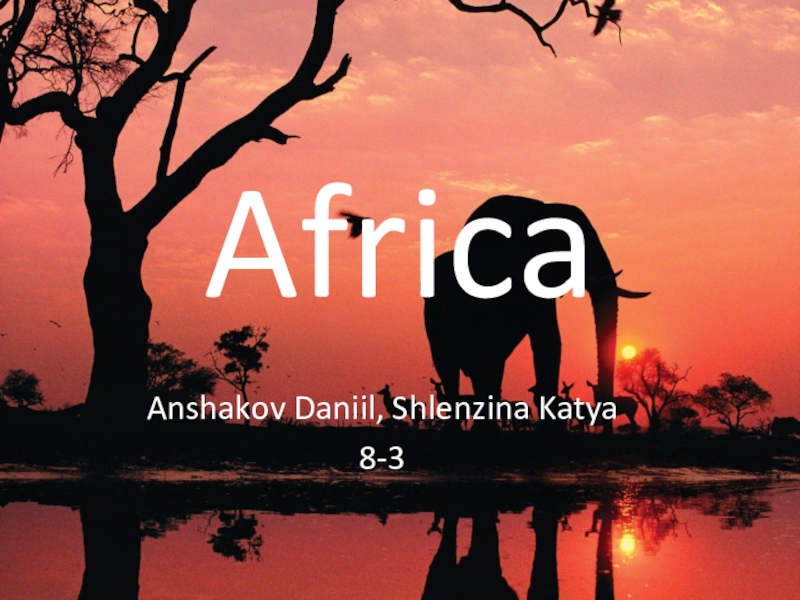
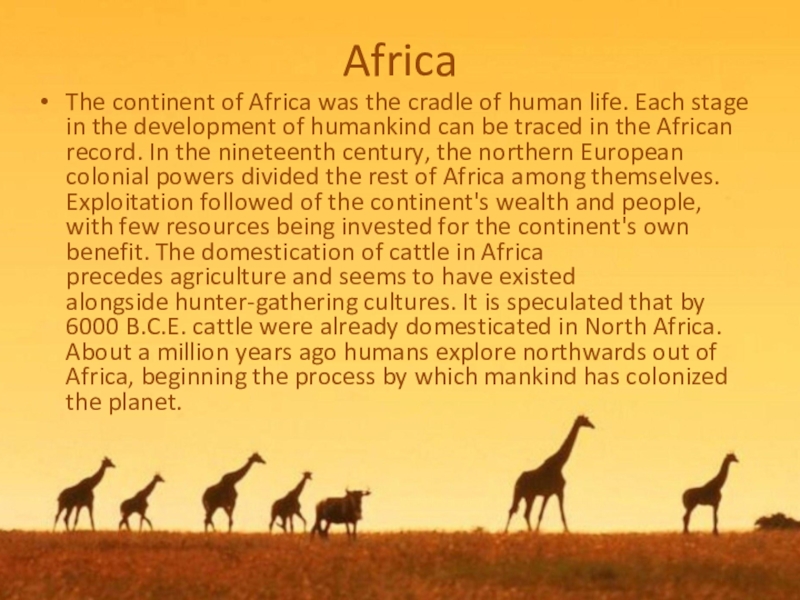
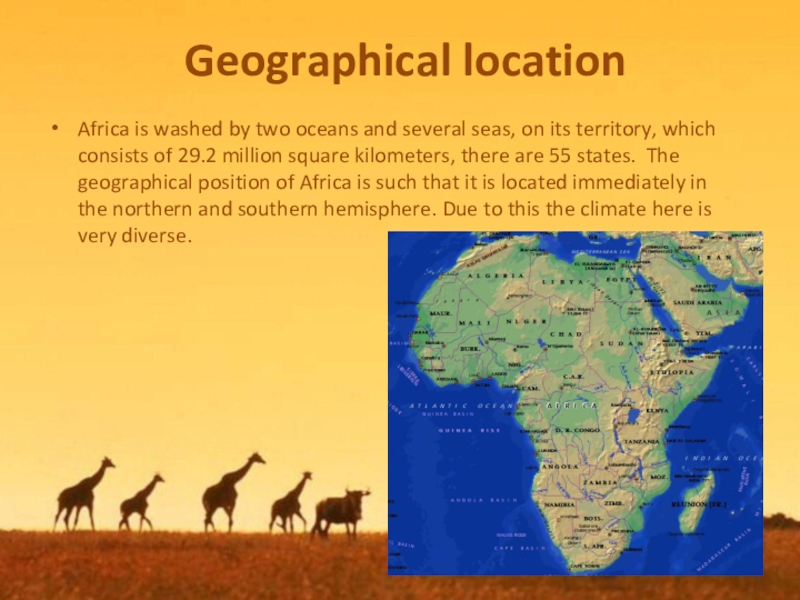
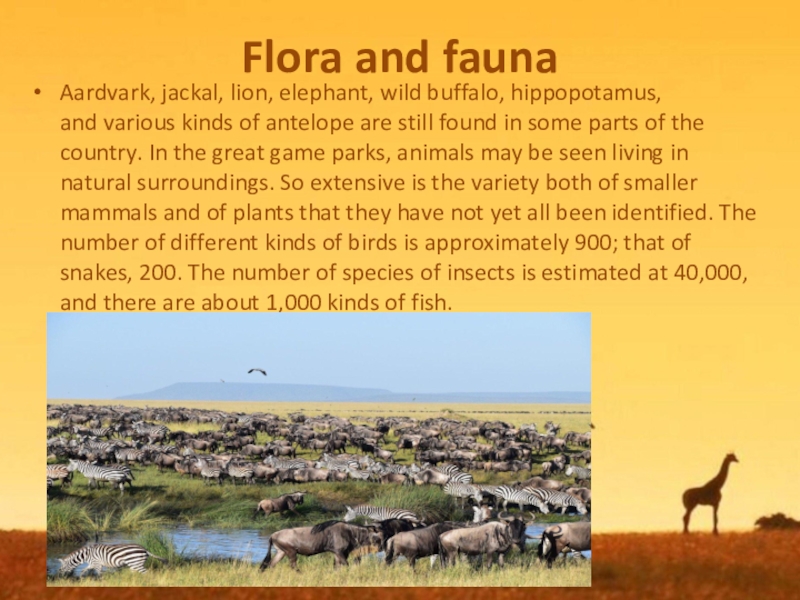
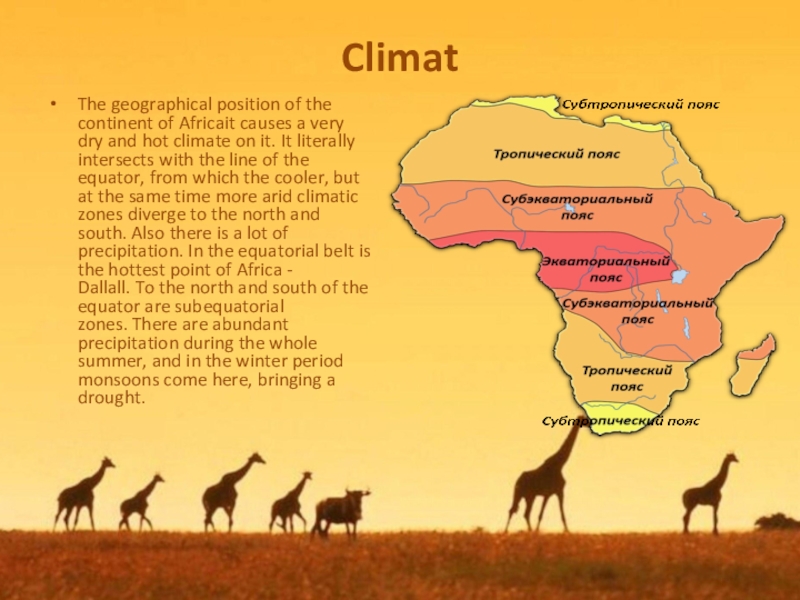
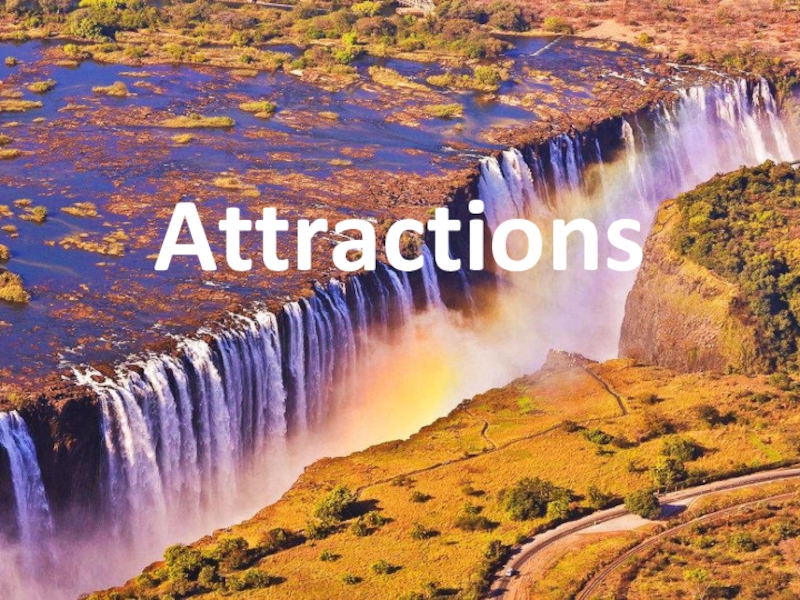
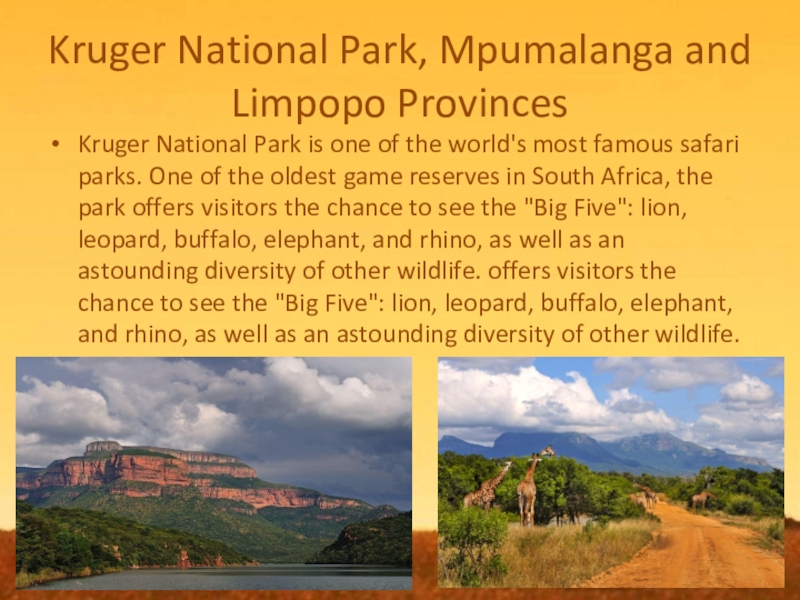
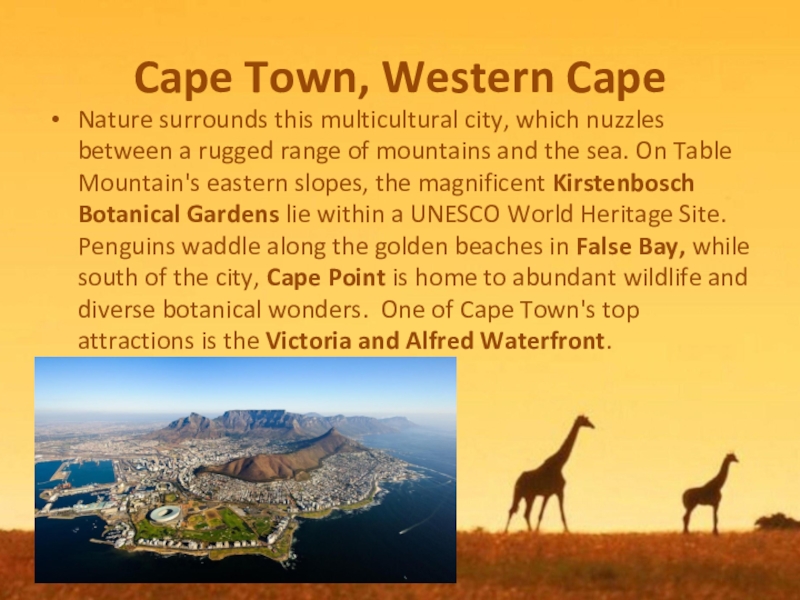
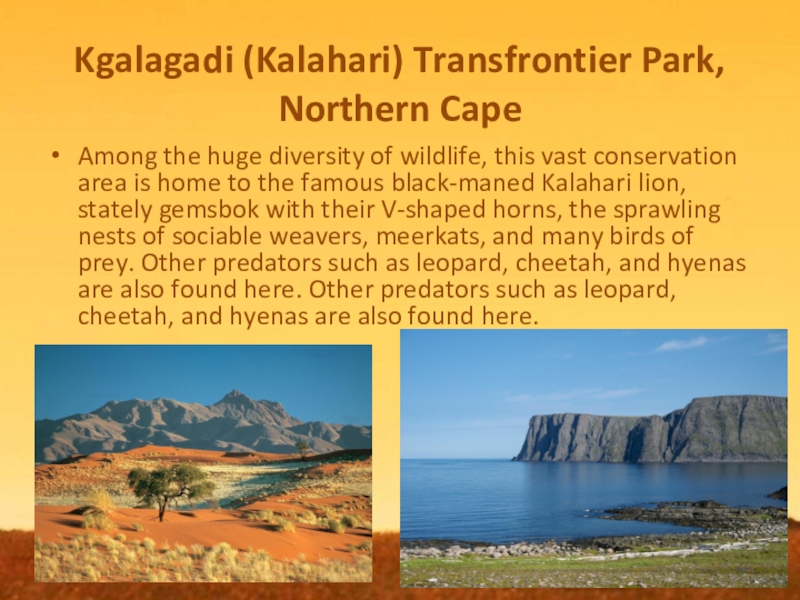
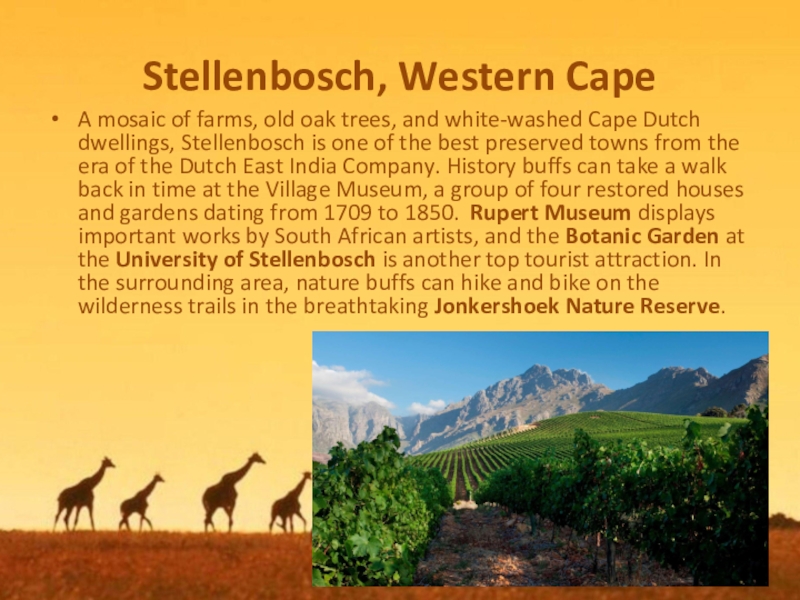
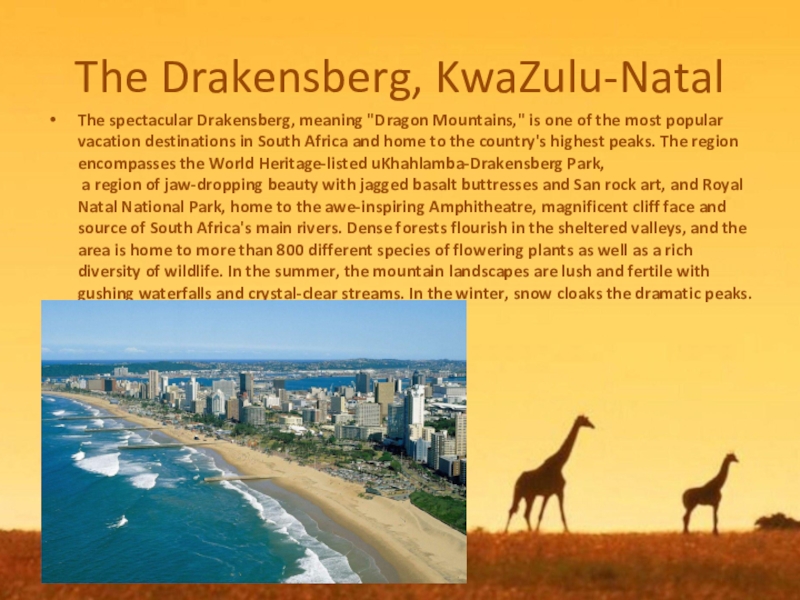
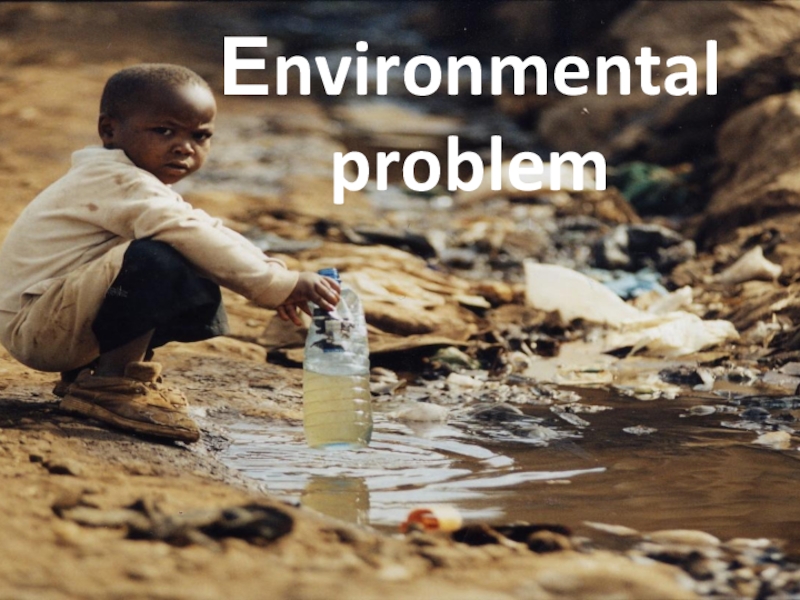
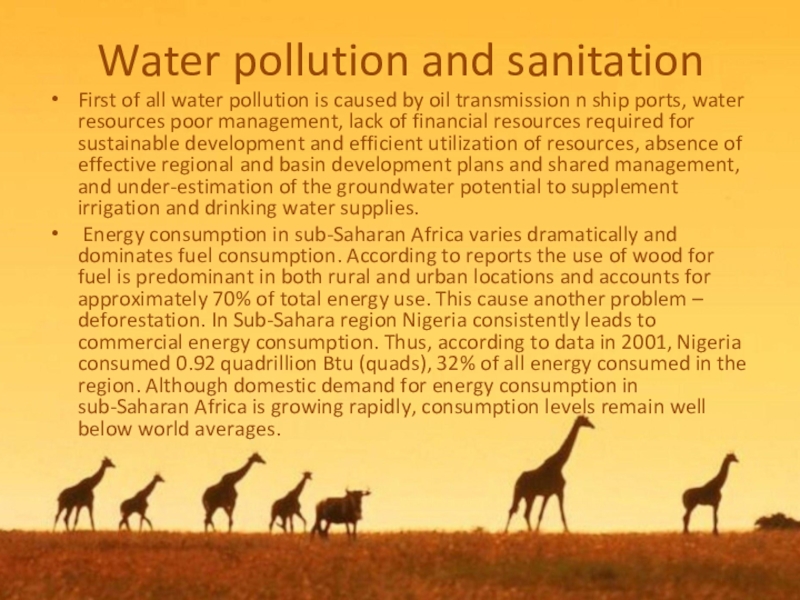
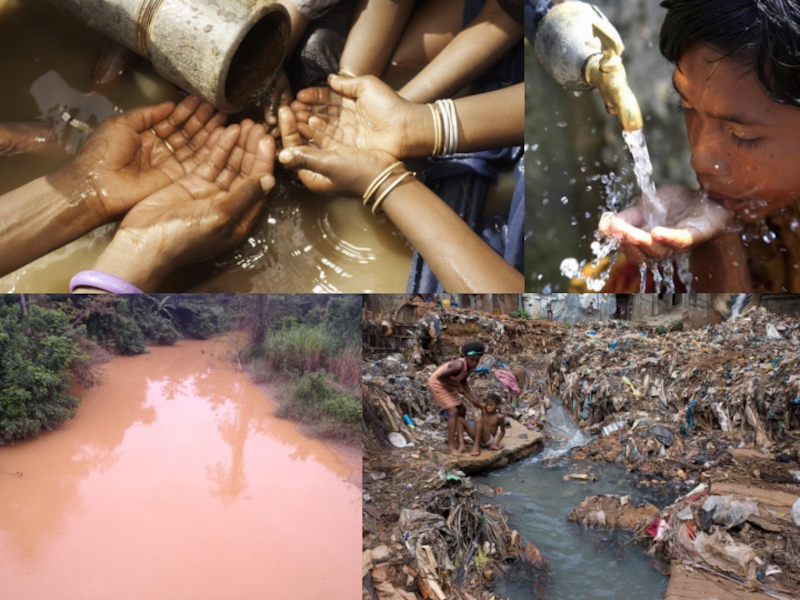
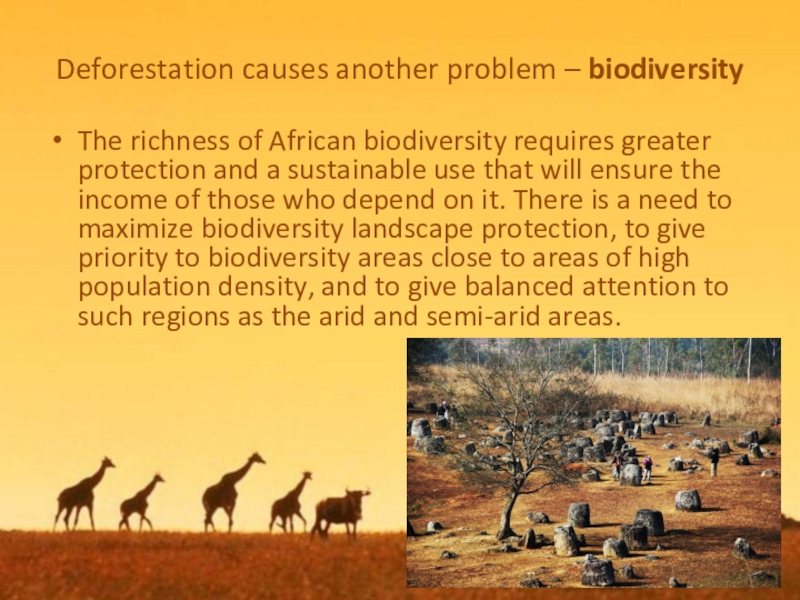
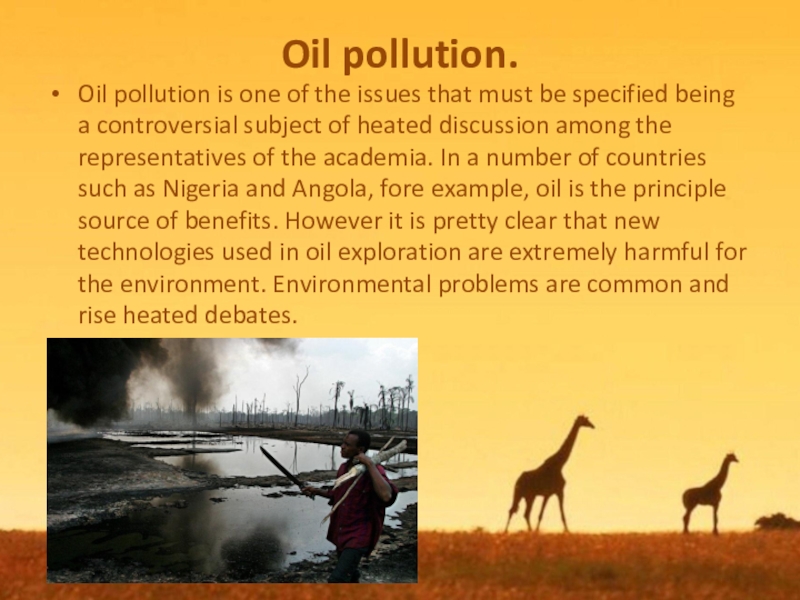
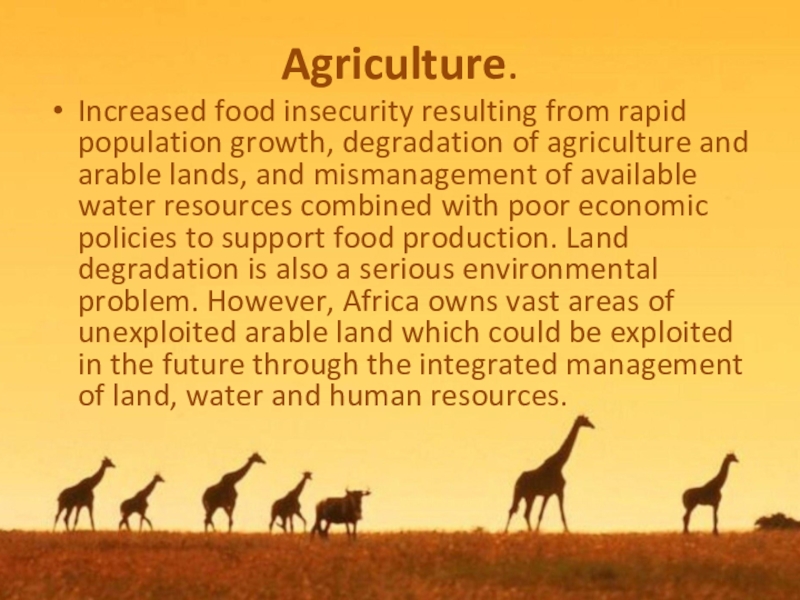
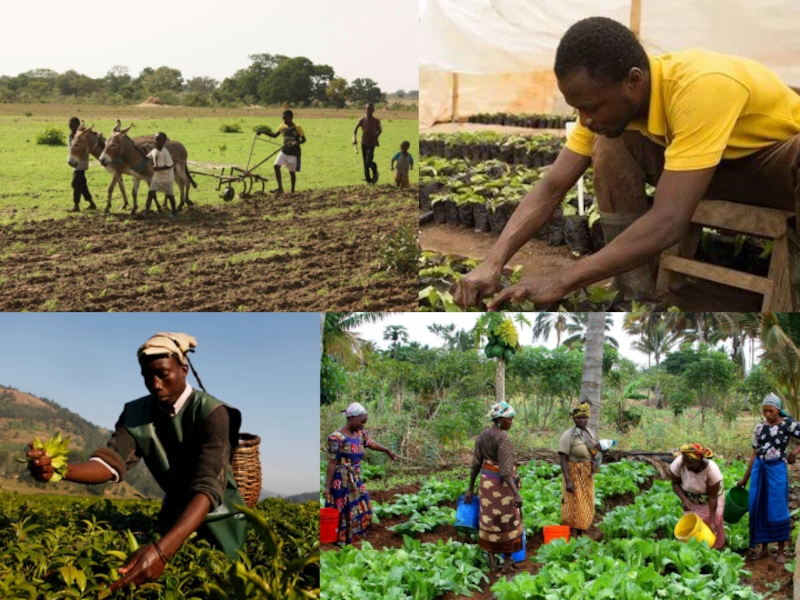




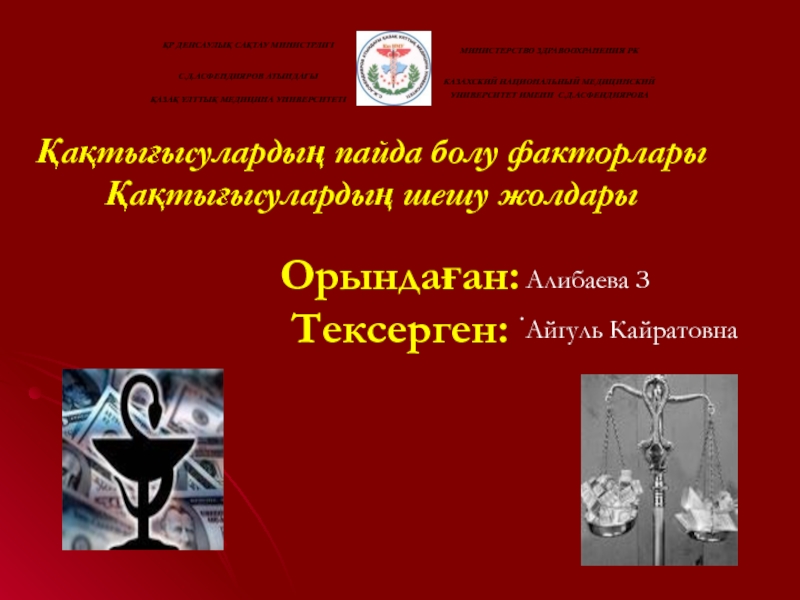





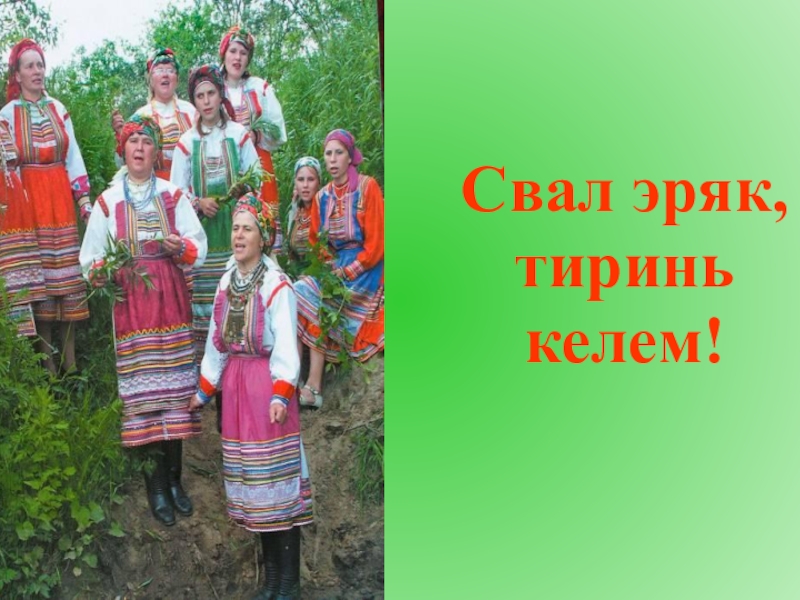




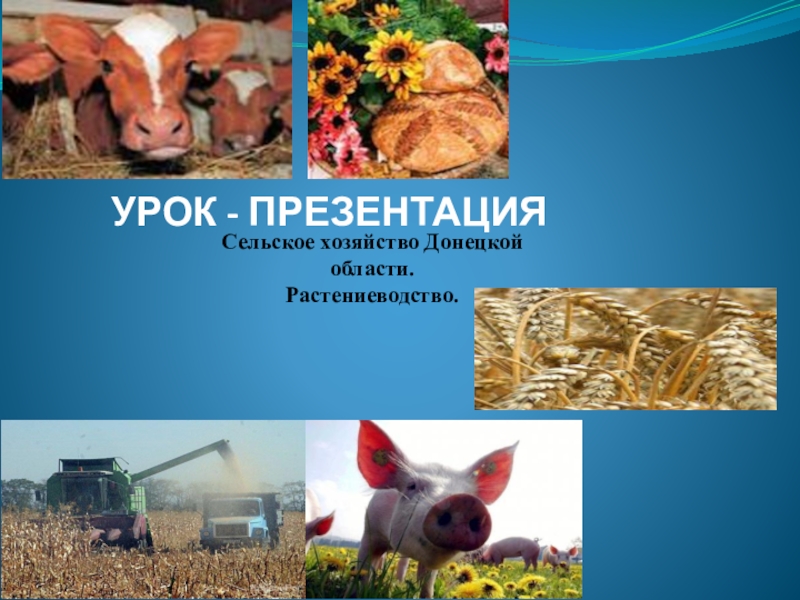
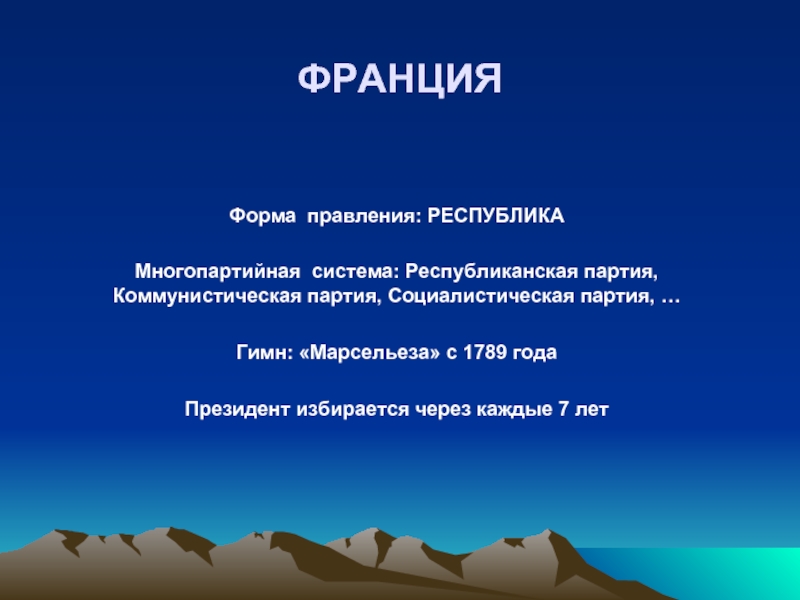



![[ Личный бренд как один из способов продвижения чтения: презентация проекта ]](/img/thumbs/e99feefa36c4c4df7a776e5ba3c5f4f5-800x.jpg)